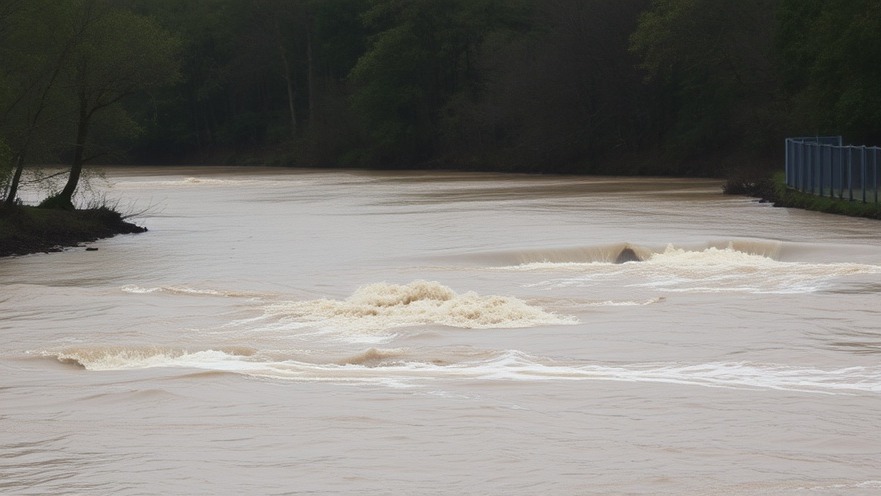
The Challenge of Flood Preparedness in Texas
Flooding has become a persistent threat in Texas, particularly for rural communities like Kerr County. While Hurricane Harvey in 2017 sparked a reevaluation of the state's flood preparedness, evidence suggests that recommendations aimed at preventing such disasters have gone largely unheeded. Observers argue that political priorities often sideline essential funding and infrastructure needs, leaving vulnerable populations at risk.
The Legislative Landscape: Priorities and Neglect
In the wake of Hurricane Harvey's devastating impact, the Texas legislature convened to discuss restarting their approach to flood risk management. They approved a long-term state flood plan, identifying critical vulnerabilities and providing a roadmap costing nearly $55 billion for projects focusing on flood mitigation. Yet during the latest legislative session, these essential recommendations received scant attention. The political focus shifted primarily to significant property tax cuts, overshadowing pressing flood needs.
Rural Communities: Overlooked in Disaster Preparedness
Experts indicate that rural and economically disadvantaged areas suffer the most from this legislative neglect. Lacking robust tax bases, these communities often struggle to fund the infrastructure projects necessary for their safety. Unlike urban areas with more extensive resources to deploy towards disaster preparedness, rural locations often can’t afford the scientific data needed to secure state and federal grants.
A Closer Look at the $1.6 Billion Allocation
This year, lawmakers designated over $1.6 billion for water infrastructure projects, but only a fraction is anticipated to directly address flood mitigation. A proposed turnout before voters in November seeks backing for an additional $1 billion annually over 20 years, yet flood experts express concern that such an approach could see funding for flood-related projects lag significantly behind existing necessities. Many fear it may take decades before any meaningful steps are taken to retroactively address existing vulnerabilities.
Community Effects After Recent Flooding
The alarming reality was underscored after a recent flood disaster in Kerr County, where flash flooding claimed over 100 lives. The tragedy serves as a haunting reminder of the immediate consequences of legislative inaction. Survivors and victims' families faced unimaginable loss, questioning the state’s commitment to protect its most vulnerable residents.
Looking Ahead: Can We Change Course?
The need for a realignment of priorities is clearer than ever as the legislature approaches another session next year. A focus must be placed on addressing both flood prevention and essential water management issues concurrently, rather than allowing political battles to dictate priorities that jeopardize community safety. The active involvement of local communities in the conversation regarding these legislative priorities may be key to securing funds and resources effectively.
Conclusion: Time for Action and Accountability
Lawmakers must prioritize tackling the challenges surrounding flooding to protect vulnerable communities. With the potential for future disasters looming due to changing climate patterns, it is imperative to act before another tragedy strikes. Advocating for equitable funding, streamlined processes for grants, and legislative accountability can lead to better preparedness for the state's rural communities.
 Add Element
Add Element  Add Row
Add Row 



Write A Comment